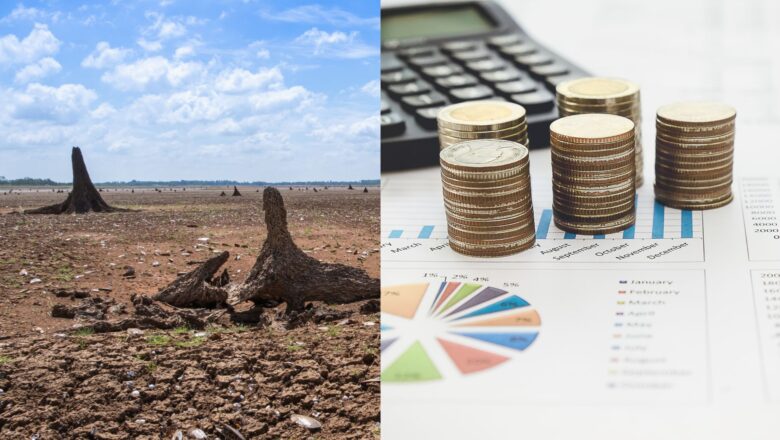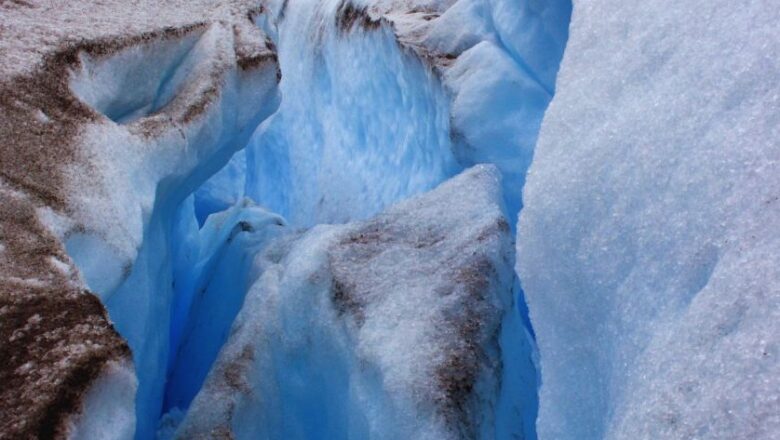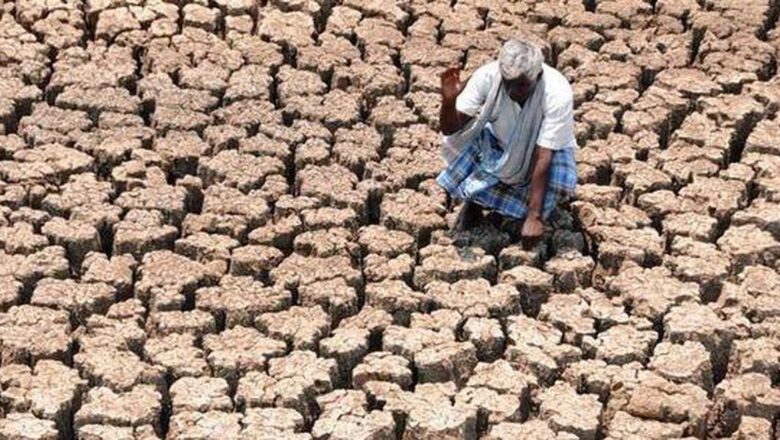
Public Investment in Climate Finance & Care Services Essential for Adaptation
Climate finance plays a crucial role in addressing climate change, but one often-overlooked sector is care services the work of caring for people, both paid and unpaid, largely performed by women. As climate change intensifies, caregiving demands rise, yet infrastructure and resources remain inadequate.
Why Care Services Matter in Climate Adaptation
Extreme heat, floods, wildfires, and storms disproportionately impact vulnerable groups like young children and the elderly, increasing the need for healthcare, childcare, and elder care. However, most disaster preparedness plans fail to prioritize care services, leaving caregivers especially in urban informal settlements struggling with limited access to clean water, energy, and healthcare.
Despite the growing urgency, climate finance...







